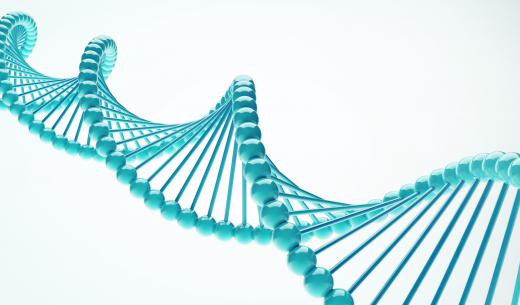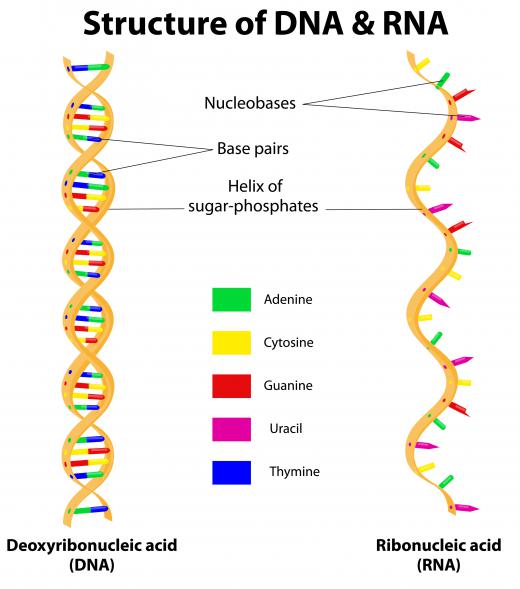What is Gel Electrophoresis?
In gel electrophoresis, an electrical current is applied to a gel matrix which contains samples of DNA, RNA, or protein. The electric current causes the protein or nucleic acid molecules to move through the gel, allowing for the separation of molecules of different sizes. This technique is used to detect or isolate molecules of a particular size from a mixture of nucleic acids or protein.
The first step in the gel electrophoresis protocol is to place a block of gel in a small holding tank. The gel is made from a compound which forms a solid at room temperature, and has a neutral charge. The tank which holds the gel block is then filled with enough of a special gel electrophoresis buffer solution to completely cover the gel.

At one end of the gel block is a series of small wells. A small amount of a DNA or protein sample is added to each well. Each single well contains one experimental sample with an unknown mixture of nucleic acid or protein. One additional well contains a control sample with a mixture of nucleic acid or protein of known sizes. Each sample, including the control, has been mixed with a dye to help identify the locations of the samples once the electrophoresis is complete.

Once all of this set-up work has been completed, electrophoresis is initiated by applying an electric current to the holding tank in which the gel is situated. The electric current propels the sample molecules through the gel, at a rate that is proportional to the size of the molecule. Smaller molecules travel through the gel quickly, while larger ones travel slowly. As the molecules travel, they separate out on the gel according to their size.
When the colored dye reaches the other end of the gel, the electric current is removed, and the gel is stained with a solution that enhances the color of the dye. Finally, the gel is “read” by measuring how far each molecule has traveled during the time allowed for electrophoresis. This information can be used to calculate the size of each molecule in each of the samples.
There are several different types of experimental techniques which use electrophoresis. In a Southern blot, agarose gel electrophoresis is used to isolate fragments of DNA or RNA. The western blot uses polyacrylamide gel electrophoresis to isolate proteins from a mixture. Each of these techniques is used to look for a certain pre-defined sequence of nucleic acid or protein. Electrophoresis and blotting techniques are used in many areas of biological research, as well as in medical and forensic sciences.
AS FEATURED ON:
AS FEATURED ON:












Discuss this Article
Post your comments